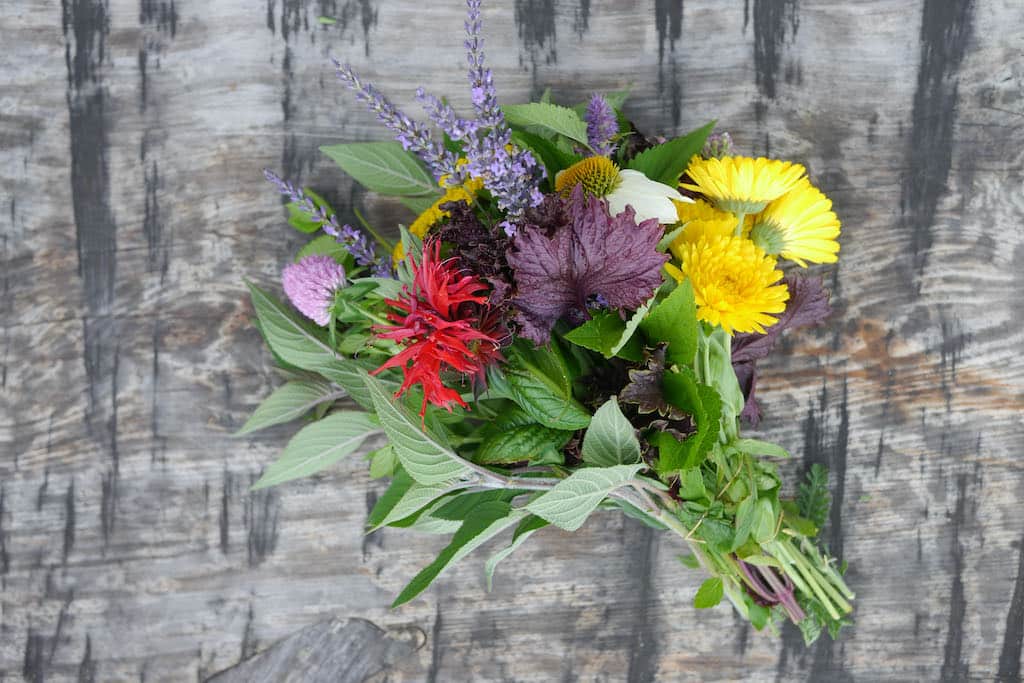

Community and caregiving can take many forms, in these crazy days. There are big actions and small ones, public and private actions – and all of them important. Recently I’ve started making herbal tea posies from our emerging garden, to leave on sick or isolating friends’ doorsteps… community care in a jar, and at a distance, if you will.
Have you ever made a herbal tea posy? They’re pretty great and always appreciated. And you might be surprised how many everyday plants you can add in that are amazingly medicinal – they don’t need to be full of flowers!
And if you don’t have a garden, you can likely make a herbal tea posy out of foraged stuff that grows near you, or a mix of store-bought and found.
Here’s a rundown of the medicinal herbs in the latest posy I made, plus some ideas for other medicinal posies, using common weeds and wild plants.
Before we go any further, I just wanted to flag that, as said above, community and care take many forms, and all are deeply useful, and essential, during this pandemic.
So we see a friendly herbal tea posy as an excellent accompaniment to community care essentials like vaccination, mask-wearing, covid-kit making and distribution, vaccine equity and all the other many things that most of us can easily do or participate in to help minimise harm to the most vulnerable in our communities at this time.
Just wanted that clear! Ok – to the herbs.

Medicinal Herbal Tea Posy – what’s in this one
The contents of this particular posy reflect this time of year (mid summer, where we are) and basically the toughest plants in our new garden – these medicinal herbs all took off and reached for the sky, in heavy clay soil in our first growing season. I often add thyme and rosemary to this bunch too, but didn’t this day.
All these herbs can be added straight to a big teapot of boiling water and steeped (ok maybe don’t add them ALL at once – mix it up a bit?) unless otherwise indicated below, for 10 minutes before pouring and sipping. It’s a summer garden in a teacup, with lots and lots of great benefits.
As with any medicinal plant, check out its known side effects and all those things if you have a health condition or are on meds of some kind, before making a pot. But all of these herbs are considered very gentle and safe medicine, from everything I’ve read and experienced.
Pineapple Sage
Pineapple sage (Salvia elegans) is such a winner of a plant. It’s vigorous, tough as old boots, tolerates drought and lots of different soil types, and grows like the clappers. We inherited a large one in the garden when we bought our house – we dug it up, divided it into 4 chunks, and now all of those are planted and growing just where we want them, most enthusiastically. It has masses of red flowers in the summer, that pollinators and honeyeaters love.
Pineapple sage comes to us from Mexico and surrounds, and smells a bit like (wait for it) pineapple, but more sagey. It’s a member of the mint family, makes a gorgeous tea, and has traditionally been used as a nerve tonic to treat anxiety. It’s also used to aid digestion and is great for upset tummies, and is considered a general tonic.
Yarrow
Yarrow (Achillea millefolium) comes to us from temperate regions of the northern hemisphere, and its use as a much-loved medicinal goes back many thousands of years. The flowers come in all sorts of colours, and it’s also a dynamic accumulator plant – which means it mines the subsoil for nutrients really effectively, and brings them up to the soil food web in the topsoil of your garden
So yarrow is a really important soil builder, as well as being beloved by smaller pollinators, fabulous for use in weed tea fertilizers, and also in tea for us as well!
Yarrow is also a medicine chest of a plant- it’s used as a poultice to staunch bleeding and as an analgesic, and taken in tea or other ways it’s used as a general tonic, a blood thinner, great for menstrual pain, and also when you have a cold or the flu. Here’s a great rundown of yarrow benefits and uses.
Echinacea
You’ve probably heard of echinacea or coneflower – it’s a common herbal cold and flu medicine. The main part used medicinally is the root (which I did not put in this posy), but the flowers are apparently milder but still beneficial for the same reasons.
Echinacea comes to us from the grasslands of Turtle Island / north America, and it’s been an important medicine for a very long time. As said, if you want its benefits, the root is the thing, but my plant is small so I just went with one flower – if you want, you can just marvel at its fractal stigmas while you drink your tea, and leave it in a jar of water. Or add it to your teapot.
Bergamot
This is bergamot the herb, not bergamot the flavour used in earl grey tea (which comes from the bergamot citrus)… bergamot has many names including bee balm, Oswego tea, scarlet monarda, red balm, American melissa, Indian’s plume, and mountain balm, and comes to us from Turtle Island / north America, where it has been used medicinally for a very long time.
Bergamot (this is the perennial red bergamot – Monarda Didyma – there’s a more lemon-scented one too which is also amazing) is used to increase blood flow, for colds and flu, to aid digestion, and as a relaxant – generally, just the leaves are used, not the stalk, so take them off before you add them to your teapot.
Lavender
Lavender is, apart from being a great and hardy addition to any not-perfectly-watered patches of your garden, beloved by bees and pollinators of all kinds. It comes to us from northern Africa, Europe and across to India.
The lavender flowers are best added to your ‘calm down’ teapot, rather than your ‘wake up’ one… it’s famous for its calmative effects (as well as being a digestion aid) and is an excellent wind-down tea (with other calmative herbs) before bed.
Shiso
Shiso is a Japanese perilla, and I planted this one simply to harvest the leaves to colour the umeboshi plums I’m going to make one day. Turns out, shiso is also incredibly awesome in All The Ways, and on top of all that, it’s one of the most beautiful things I’ve ever grown. I’m in love. We treat this like basil, in terms of its growing needs.
Shiso as a tea pairs beautifully with lemon by itself, or you can add it to your herbal party-in-a-teapot. Traditionally, shiso tea has been used for treating colds, flu and coughs, to stimulate appetite, and to relieve nausea, hayfever and dermatitis. It’s also an anti-inflammatory, and a bit of a winner. Also amazing in salads, stir-fries, and in all the Japanese and Korean and Chinese shiso ways.
Anise Hyssop
Be still my heart, but this plant. My favourite single-herb tea this summer. Minty and slightly liquorice-y and oh so refreshing. Also ridiculously beautiful. And medicinal as well. Yum.
Anise hyssop comes to us from the prairies, dry upland forested areas, plains and fields of Turtle Island / north America, and its blue flower cones are beloved by bees. And also me. The stems, leaves and flowers are used in tea to treat cough and fevers, respiratory issues, diarrhoea, and as an expectorant (clearing mucus from lungs and airways). Anise Hyssop is also used for aches and pains, and applied topically for sunburn. It’s also anti-viral, and delicious in cooking as well.
Plant 10 of these short-lived perennials immediately, they will be a gorgeous friend to you.
Mints – peppermint and chocolate mint
All hail the mints! Down in the berry arbour, where it’s a bit wetter, I’m currently starting a mint library. I have 12 varieties so far, and I’m by no means finished yet. Looking forward to dividing off each variety as they grow, and passing on to other folk. Anyway, here are two of them – the delicious peppermint, and chocolate mint (which seems pretty pepperminty, other than its slightly more chocolate-y flavour).
Peppermint is used, amongst many other things, to aid digestion (it’s our go-to tea for upset tummies), and is also great for concentration – an excellent while-you-work (or just have a think) tea. It’s also an amazing addition to some of the less-delicious-but-still-entirely-awesome herbs – when in doubt, add a bit of peppermint.
Sage
Speaking here of Salvia officinalis or ‘sagey sage’ as it’s called in our house… this is the sage that we use for cooking, as opposed to the pineapple sage above. Sage comes to us from the Mediterranean, and the Romans considered it a holy plant.
Sage is excellent for, but not limited to: menstrual troubles, memory, coughs, sore throats, lung conditions and for lowering blood sugar. It’s a strong flavour, and goes well with honey.
Red Clover
Not just a clover! But also a clover, with all their soil-building properties and loveliness. Red clover is a powerhouse of a herb – it’s used for coughs and colds, is an expectorant, and used in menopause treatment as it contains isoflavones, which are a type of phytoestrogen.
Red clover is also used for skin conditions and irritations, and is considered to be gentle enough to be used for chronic conditions. It’s usually taken as a tincture but makes a fine addition to any teapot.
Calendula
Calendula is so old and so beloved that you probably have a few ideas for this one… it’s used topically for all sorts of skin conditions, but taken as a tea, it’s used to help swollen lymph nodes and sore throats.
If you want to get funky with making basic calendula salve (not a tea, but just while we’re here and all) Milkwooder Koren has this great calendula salve guide.
Lemon Balm
Lemon balm is yet another powerhouse herb – and also super easy to grow, and beloved by bees.
It’s taken in a tea for anxiety and restfulness (maybe not a first-thing-tea, although on a stressy day I put it in the morning pot as well and it helps me along) and brain health. Here’s a great article on lemon balm in all its ways…

Other herbs, weeds and wild plants that you could use in a herbal tea bunch…
Whew! So that’s ‘all’ that was in this particular posy, but there’s a heap more common herbs and wild plants that could have been in there also… here’s a few you might find in your garden, on your street, or in your local park somewhere…
- Thyme – great for sore throats
- Rosemary – use sparingly – also great for sore throats
- Dandelion – diuretic
- Hawthorn – good for the heart
- Cleavers – lymphatic system support
- Blackberry leaf – sore throat and gums
- Nettle – great for blood sugar and blood pressure regulation
- Raspberry leaf – menstrual relief and digestion
And a few resources – here’s our article on learning to ID wild plants near you, all about Hawthorn, How to Start a Home Herbal Medicine Cabinet, and all our articles about medicinal plants + foraging.
So – I hope that’s enough to get you started.

Make your first posy for yourself, because without tending to your own health, even just a little bit, it’s really hard to help others. Once you’ve had that first pot of tea, have a look around and a think at what’s in your garden, or could be found nearby.
And from there – good luck, happy posy making, and many spare rubber bands to you. May your bunches of goodness be steeped in many a friend’s kitchen, and may we all make our way through this time together.
If you decide to take a snap and share your posy (or posies!) on social – please use tag #HerbalTeaPosy, so we can see it too?
I feel so deeply grateful to have these herbs to share. Thank you herbs, thank you seed stewards, thank you soil, thank you melukerdee country.
So…. what’s growing near you, either planted or otherwise? What can you make your herbal tea posies from? x

We acknowledge that permaculture owes the roots of its theory and practice to traditional and Indigenous knowledges, from all over the world. We all stand on the shoulders of many ancestors – as we learn, and re-learn, these skills and concepts. We pay our deepest respects and give our heartfelt thanks to these knowledge-keepers, both past and present.

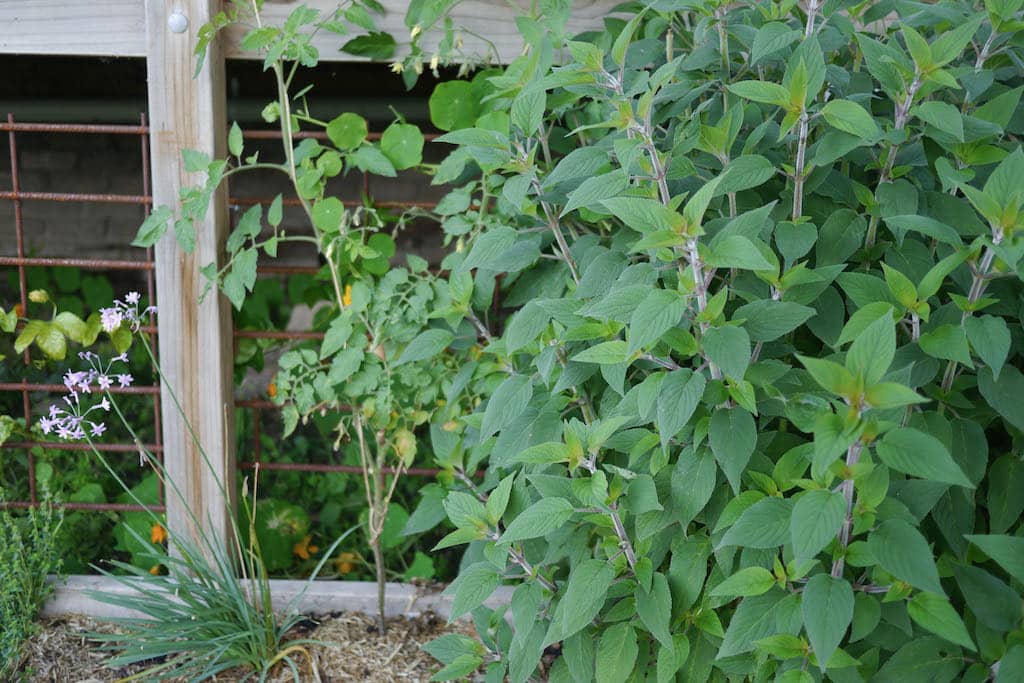

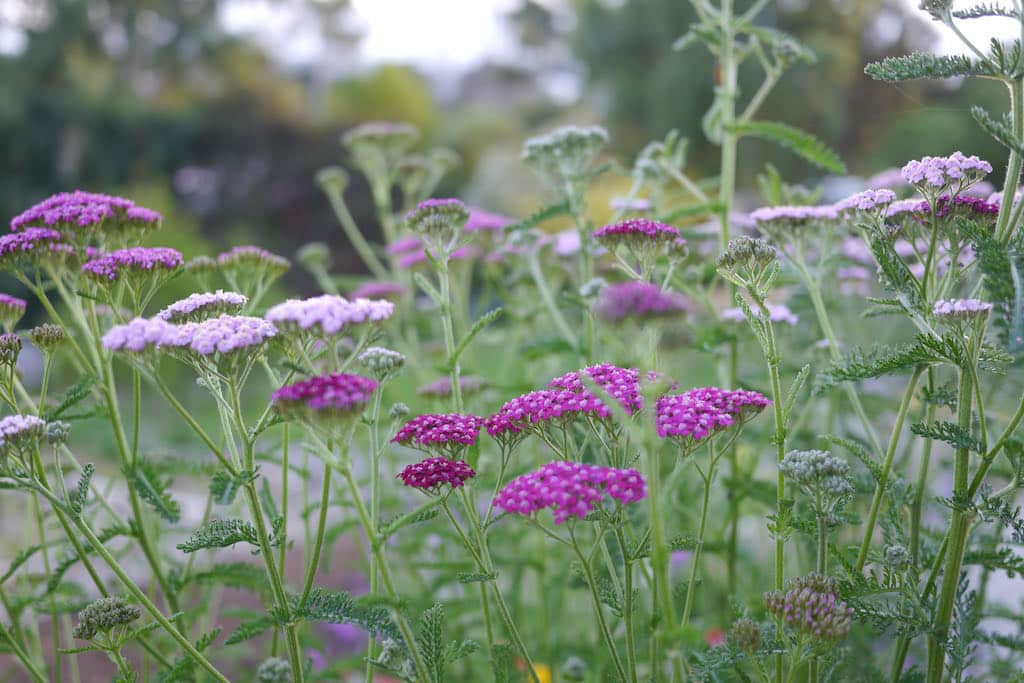









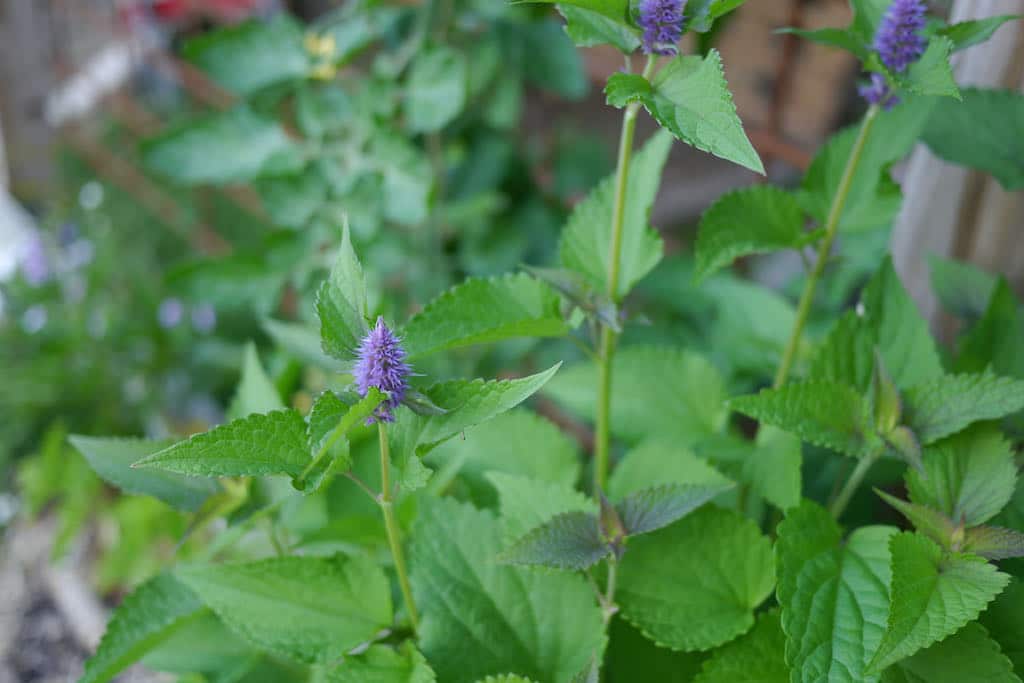


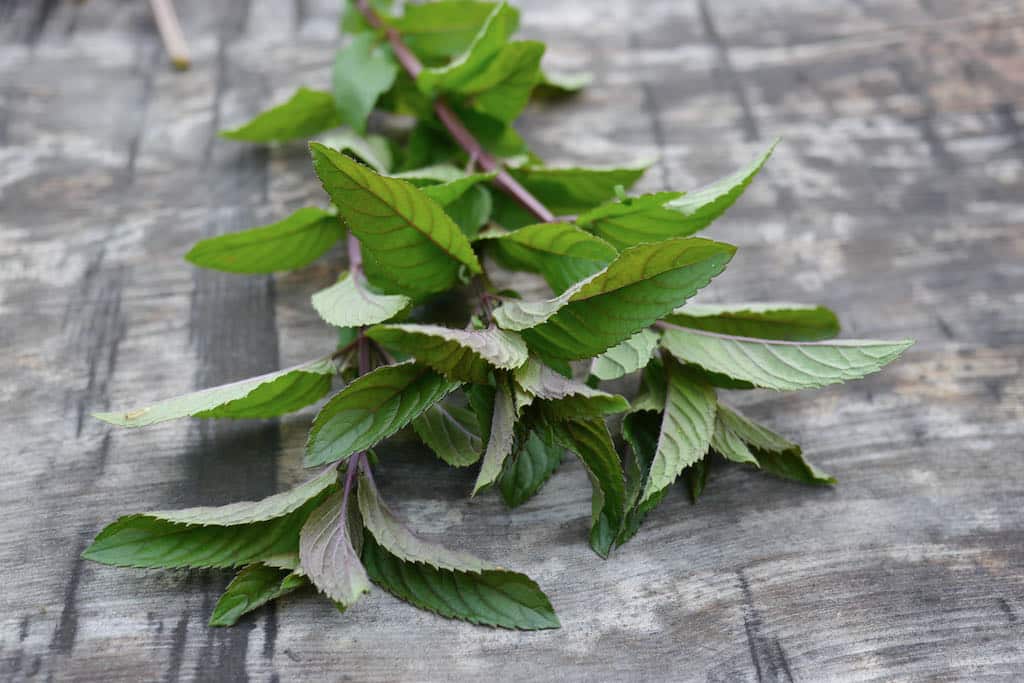
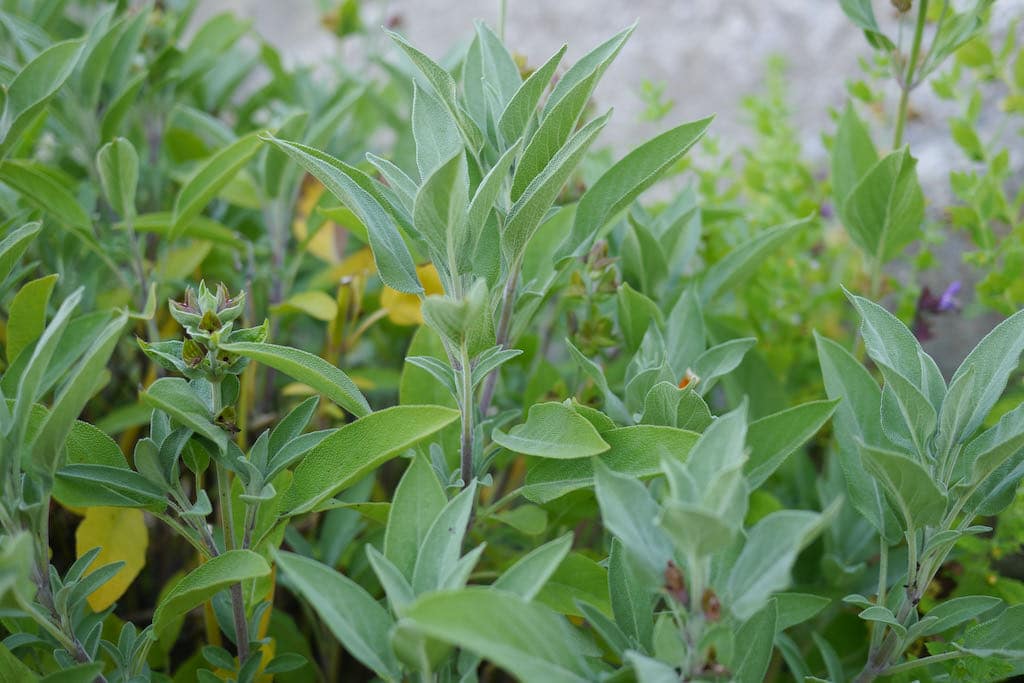

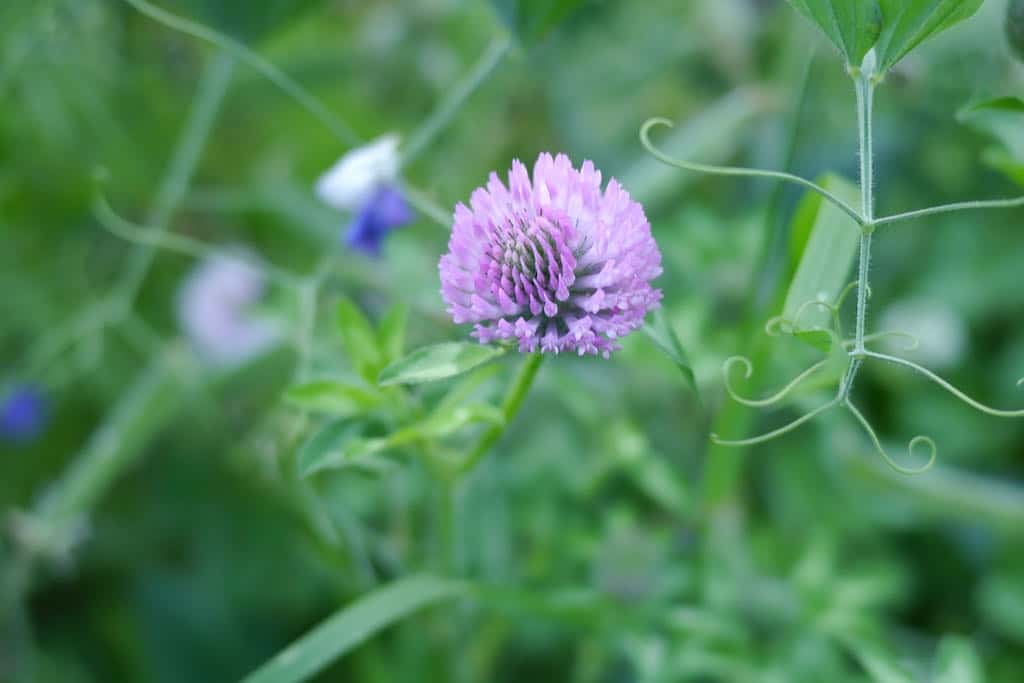

















What a beautiful article, both in presentation and intent. Thank you for sharing a gorgeous thing we can do for our neighbours to give just a little thought and support to them. It could make all the difference in someone’s otherwise crappy day. Thanks Milkwood team!
Thanks Tracie!
Great article
A beautifully written article with such a warm, caring tone. Gorgeous photos, too. I’m recovering from surgery and it truly brightened up my morning. Looking forward to rejuvenating my heat frazzled garden with some of your ideas when I’m better. Thanks for the inspiration and happy vibes.
Thanks Karen 🙂
I’ve read only the opening paragraphs of the article so far, so maybe I’ll find out later– but what is a “posy”? It would have been helpful to get a clarification up front, because (believe it or not) not everyone knows. Is it a tea blend, a potpourri…? Okay… now I’ll go back to the blog.
Hi Gary- posy is the name for a small bunch of flowers and/or herbs.
Centuries ago they were often full of medicinal herbs and used to ward off disease as in
“Ring a ring a rosy
A pocket full of posy”–
Nursery rhyme about the Black Death/Plague
Thanks for a lovely article – and for the reminder of Anise Hyssop – must find it again. Small bunches of cut flowers from your own garden make lovely personal gifts.
Don’t they – simple stuff, but it can mean the world 🙂
I loved this post and your attention to the little details. Herb posies are always so appreciated.
love it
so wonderful to see flowers being given to create community health and engagement, and instil beauty between friends, new and long term. Marvelous
good idea. I would like to see this in my neighborhood.